Offerings are lit during Diwali, the festival of lights.

In India, worthwhile endeavors begin when participants call on the elephant-headed god, Ganesh.
ACKNOWLEDGMENTS
Great thanks to Faisal Khan, my tried-and-true travel support and friend, who stood by my side at festivals and dams, on the tops of mountains, inside cremation grounds, and wherever the river took us. Thank you to my editor, Linda Sparrowe, who said what needed to be said to take this book to fruition; Richard Rosen, Whitney Spagnola, and Gary Kissiah for reading versions of this book along the way, and for encouragement and friendship; Ted Haynes for the quiet and constant support of family; Kathy Warinner and Bob Aufuldish for elegant and perceptive book design, Thorina Rose for beautiful maps, and Alice Lawrence for constructing the bibliography.
I am grateful to my parents, Charles and Eleanor, who made the inward search simply a matter of course; Sherri Baptiste for inspiring a lifelong yoga practice; Susan Jay, a true friend on the path; and Deborah Breitbach, whose actions demonstrated what it means to kindly go about living a life of service. Thanks to India Supera and Karma Tensum for their steady work on behalf of Tibetan children; Lama Ngawang and Lama Paljor, who taught patience and kindness through humor and example; Yongey Mingyur Rinpoche, who gave me refuge; and Dr. James Mallinson for welcoming me to his ceremony. Thank you to Lobsang Sangay and the seventeenth Karmapa, who took time out of their busy schedules to share essential truths, and to Ram Dass for being a constant example of a life well lived. Thank you to Shyam Lal, our boat wallah, and his family in Varanasi, and to Dr. Mark Singletonthis book simply wouldnt have happened without you.
Thank you to those who listened to Ganga stories for many years: Ausra Shtarka, Katie Frazzini, Danielle Valley, Lindsey Morrone, Joanne Varni, our staff at Breathe Together Yoga in Los Gatos, California, and Rob Barber, who believed in me.
Lastly, Im grateful to my husband, Will, for infinite patience, ever-constant and boundless love, and excellent guidance and support.
The photographs in this book are available as signed limited-edition prints. For more details, go to www.jenniferprughyoga.com.
INTRODUCTION A RIVER HAS MANY FACES

In Varanasi, the sun rises over the Ganges River.
T he Ganges River begins at Gangotri Glacier in the Indian state of Uttarakhand in the central Himalayas and flows southeast into the Bay of Bengal through a vast delta in the Sundarbans. A lifeline for nearly six hundred million people, the river has been revered among Hindus for several thousand years. It is worshipped in its personified form as the celestial goddess Ganga, who flows across the sky as the Milky Way and then fiercely spills down from heaven through the god Shivas matted hair. Ganga is known as a medicine for any ailment; she purifies and cleanses sin, and for those whose ashes are entrusted to her waters, she releases souls from the cycle of life and death. She is unique, like you, and like you, she shares the same basic qualities of all the worlds rivers.
The life of a river is often viewed in three stages: those of a young, a middle-aged, and an old river. When a river begins, droplets originate from clouds or glaciers. Through repetition, each drop mirrors the last, trickling, dripping, pooling and spilling, and eventually coalescing, until they pour forth, becoming rivulets, creeks, and streams. The more water merges, the more force it has. Waterfalls and rapids may form. In 2009, when these journeys to India began, like a water drop propelled by momentum, they were compelled by my desire to learn more about the origins of Eastern spiritual practices, or the yoga that was introduced to me as a child. The Ganges River was the last thing on my mind.
Once a river becomes a channel, its route is set, and it moves into middle age. With little to threaten its path, except for storms, it slows down enough to receive other bending, curving, and snake-like tributaries and forms meanders. In the winter of 2013, I traveled to India to the Kumbh Mela, the largest gathering of humanity in the world, where, for centuries, a variety of spiritual tributaries have converged in Allahabad at the meeting of the Ganga, Saraswati, and Yamuna Rivers. I discovered that while each teacher, guru, and sect has its own prismatic lens through which to view spiritual life, what virtually everyone I met confirmed is that the Ganga is sacred. I wanted to experience what it was like to have a spiritual relationship with a force of nature. To widen my aperture, I set out toward the Himalayas to photograph Gangas source, and then eastward, where she empties out in Kolkata. I wanted to know this river from beginning to end.
Over the next four years, I saw Ganga shrouded in fog, blanketed in smoke, smog, and haze, in the blue hour before dawn, and in the golden hour at dusk. I saw her turn milk chocolate brown in raging storms, host swarms of mosquitoes, and graciously escort corpses to the sea. I watched as she received bathers, offerings of flowers and fruit, sacred books, plastic trash, toxins from tanneries, and excrement, all the while taking on the sins of seven percent of humanity.



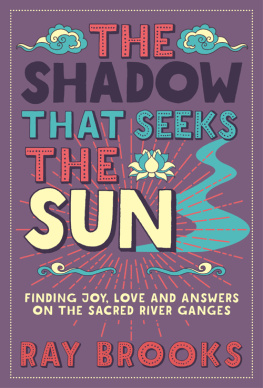
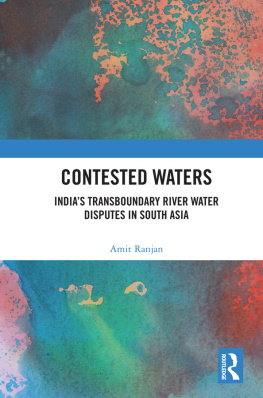
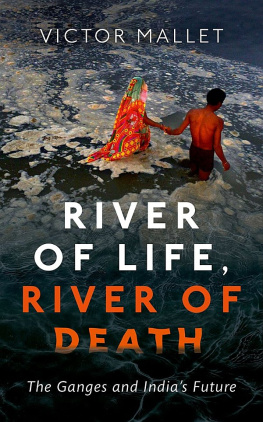
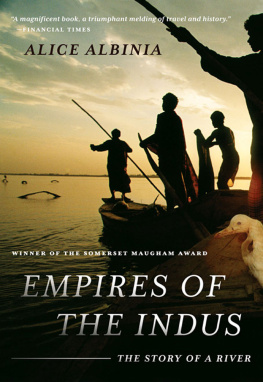
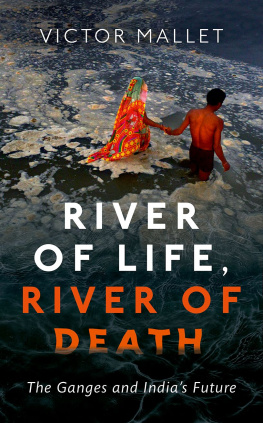
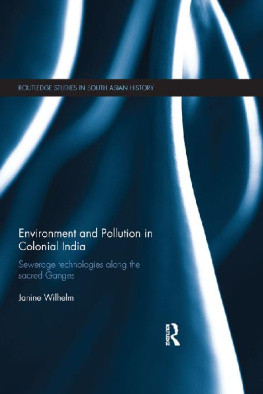
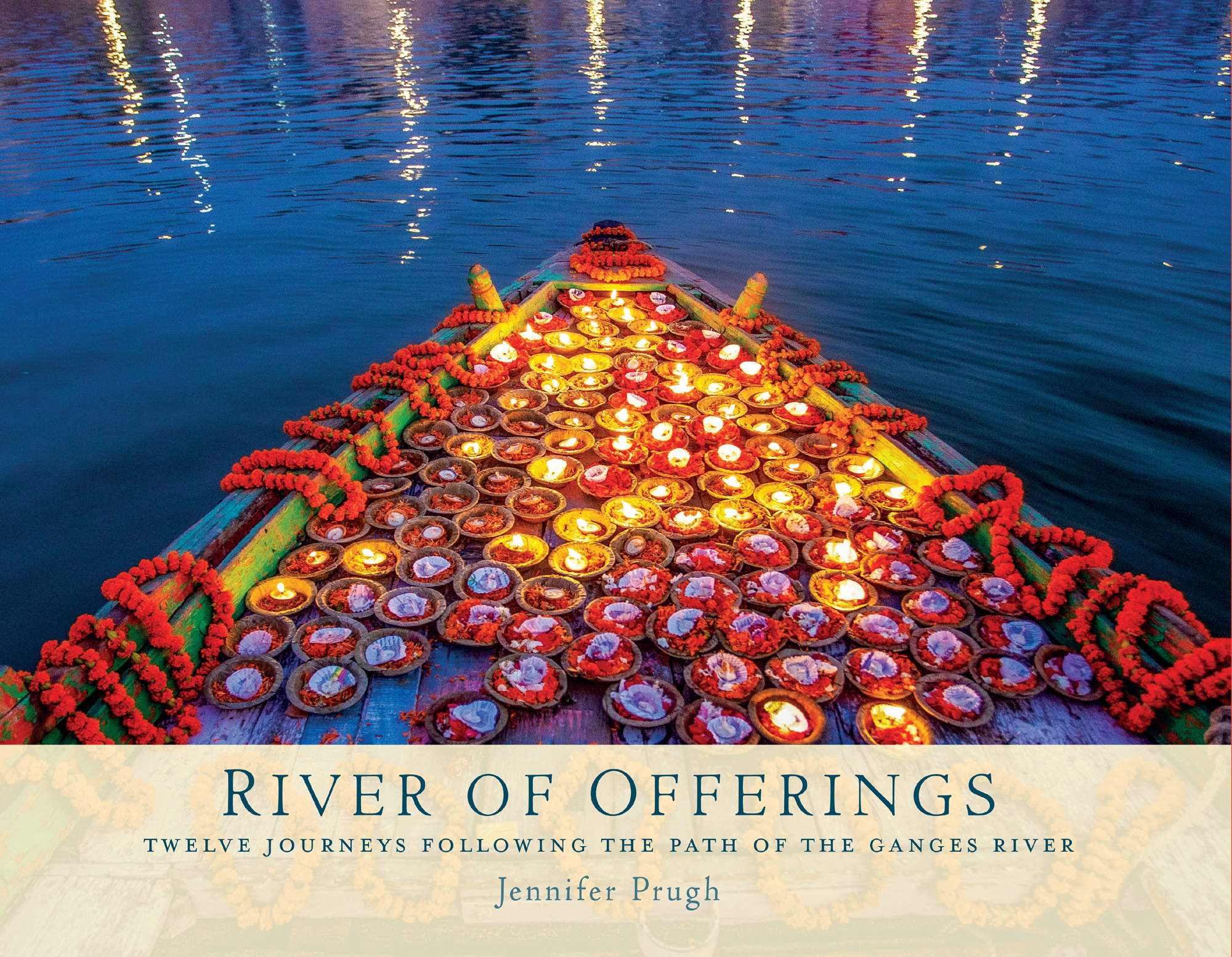





 Find us on Facebook: www.facebook.com/MandalaEarth
Find us on Facebook: www.facebook.com/MandalaEarth Follow us on Twitter: @MandalaEarth
Follow us on Twitter: @MandalaEarth

